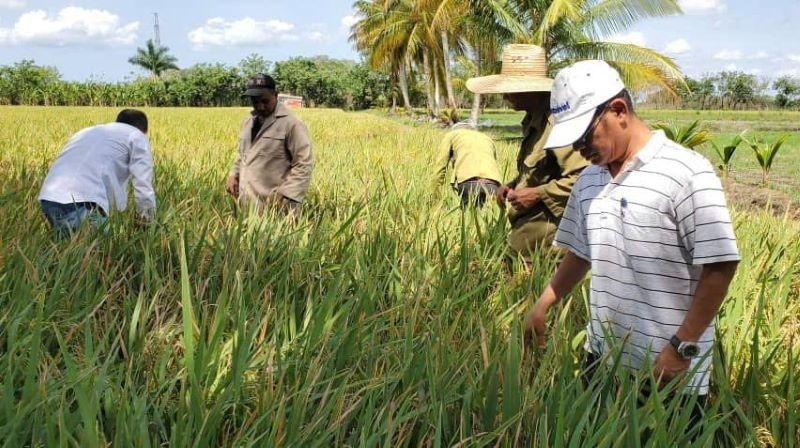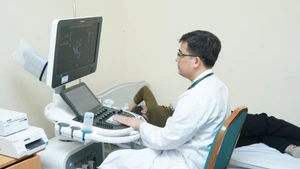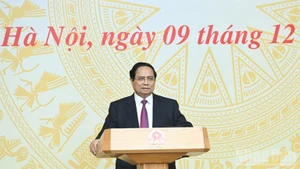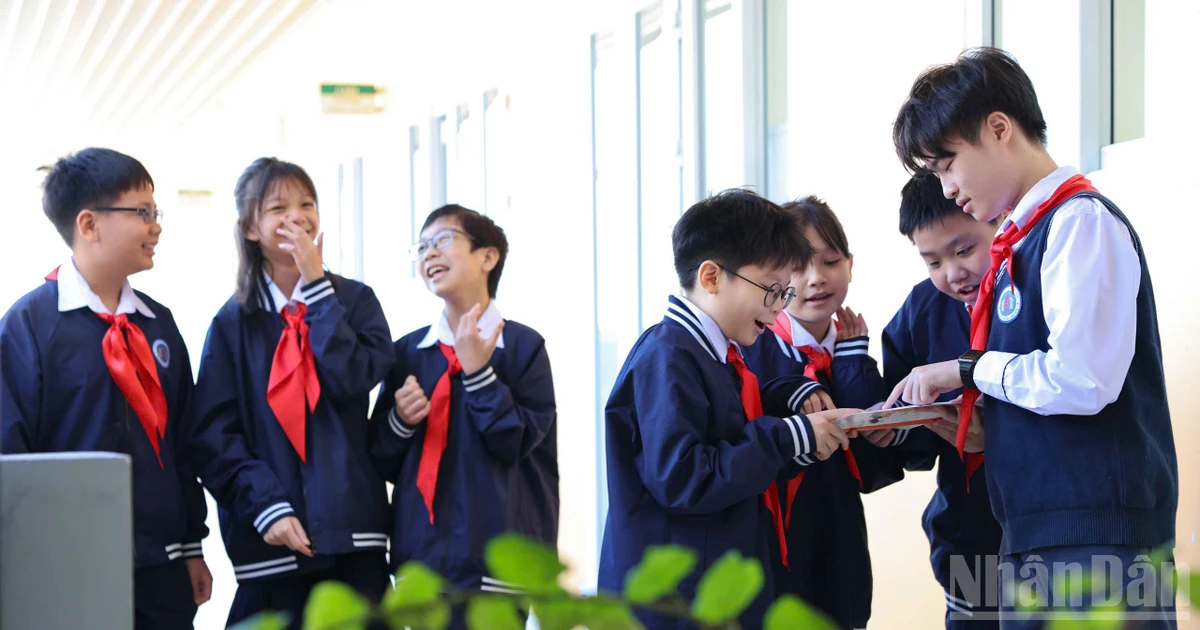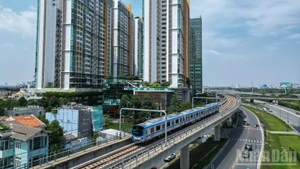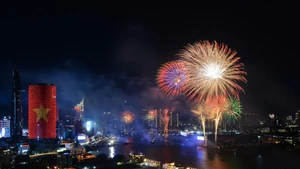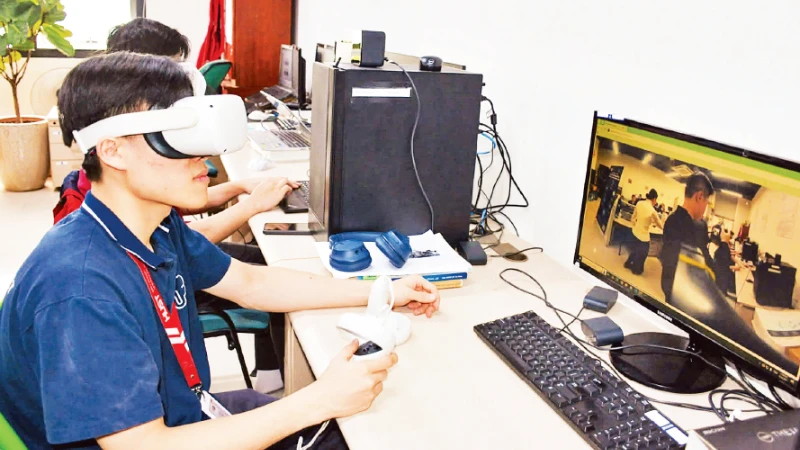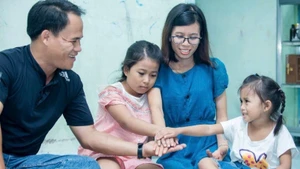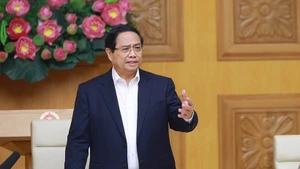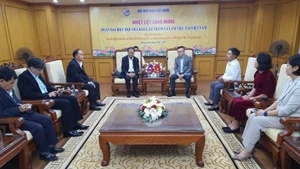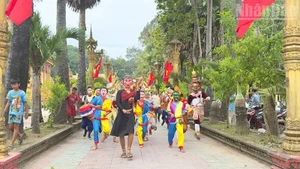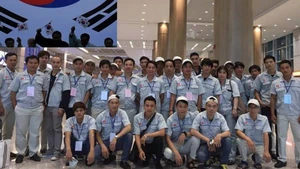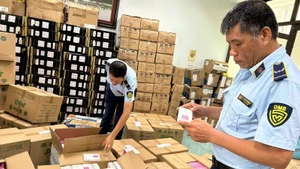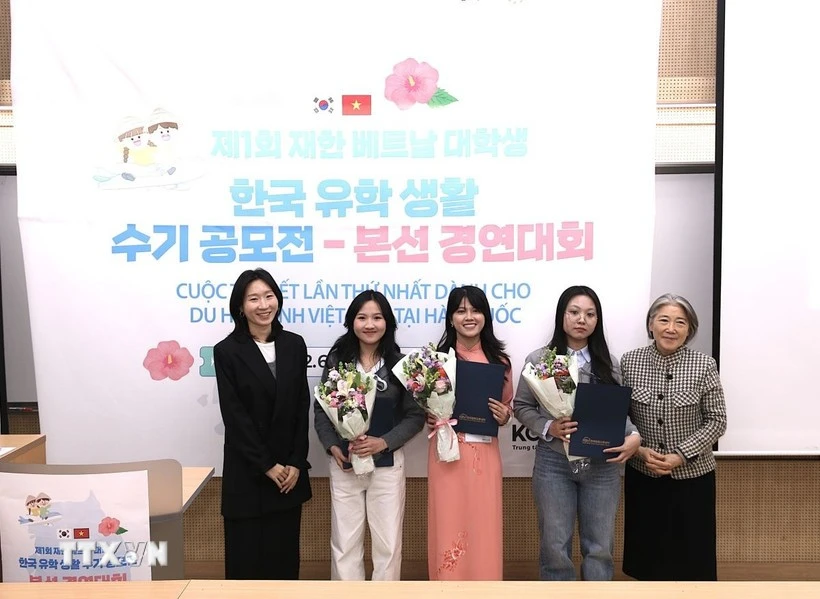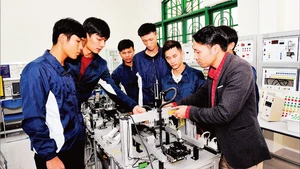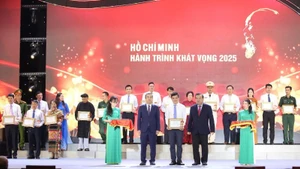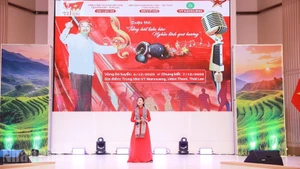Dr Tran Vu Hai from the Cuu Long (Mekong) Delta Rice Research Institute, a member of the team, reported from Cuba about the project team’s progress and outcomes as well as the growing friendship between Vietnamese experts and local Cubans.
Vietnamese rice grows bountifully in sun-scorched lands
Our expert team includes myself — Dr Tran Vu Hai from the Cuu Long Delta Rice Research Institute; Master Pham The Cuong from the Agriculture Science Institute of Northern Central Viet Nam; and Nguyen Trung Thanh, a Spanish interpreter.
We were tasked with transferring efficient rice cultivation methodologies, seed propagation, conducting trial models and rice variety testing, as well as training Cuban technicians.
Our workplace is Cienfuegos in southern Cuba, where once considered an agricultural depression, the land was dry, sparsely populated, and infertile. Yet in recent years, the paddies have been gradually revitalised.
When we first set foot there, Vietnamese agricultural experts did not bring bulky aid consignments or pinky promises but backpacks containing rice materials, field gear, and open hearts.
When we first set foot there, Vietnamese agricultural experts did not bring bulky aid consignments or pinky promises but backpacks containing rice materials, field gear, and open hearts.
Initial difficulties facing us included meals made up of just a few slices of cold meat with bread and cheese, no fresh greens; touch living conditions with shortages of electricity, water, and mosquito infestations. Despite these hardships, we adapted to the local lifestyle.
We have transformed our relationship with locals from experts into friends, from instructors into brothers.
We share our meals at the edge of rice paddies, chatting sincerely with Cuban farmers in our elementary Spanish.
We share the worry with Cuban locals when rice was infected; we rejoiced together at the sight of rice ears emerging. No longer Vietnamese experts or Cuban farmers, we have become people united by a shared dream: a bountiful golden harvest.
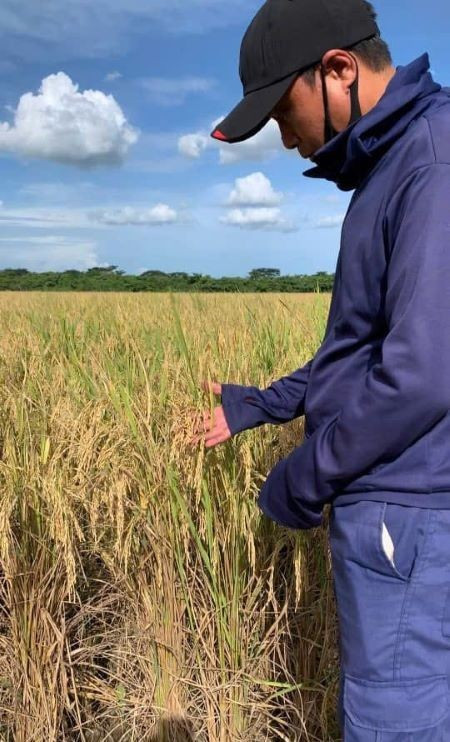
During a visit with Master Cuong, we inspected Frank’s rice field, where the newly transplanted crop had withered and lost its leaves. The farmer was unsure of the cause.
After inspection, we discovered the main culprit was damage caused by snails. We applied preventative measures akin to those used for golden apple snails in the Mekong Delta.
One week later, the field had turned green again, and the farmer exclaimed, “You are incredible — this is the first time I’ve seen such devastating snail damage on rice.” From that moment, they treated us as sincere, open-hearted friends.
Vietnamese experts assisting Cuban farmers with the rice harvest.
On another occasion, while harvesting seed rice, we heard that neighbouring fields had completed land preparations, but the seeds tested showed poor germination. Using the freshly harvested seed would normally require nearly a month to break dormancy and process.
Thanks to our years of experience in seed production, we suggested sowing the freshly harvested seed without pre-treatment. This method shortened the wait by a month, allowing timely sowing on the prepared fields. After just one week, the field was lush green, impressing our Cuban colleagues.
The fruit of friendship in Cuba’s rice fields
In Cienfuegos, we celebrated Lunar New Year (Tet) abroad, wrapping ‘banh chung’ (traditional square rice cakes) with our Cuban friends.
During storms, when roofs were torn away, Vietnamese and Cubans together fixed houses, boiled water, and dried rice. We sometimes shared meagre meals, with experts yielding portions to locals. When Vietnamese experts fell ill, locals brought medicine, cooked porridge, and wrote heartfelt letters of encouragement.
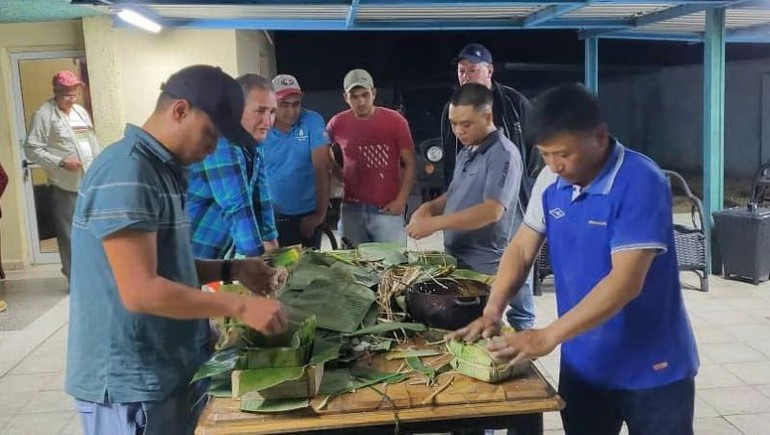
Their simple words “We have little, only our hearts” moved Vietnamese men who are far from home like us, to tears. I have worked in many countries and projects, but in Cuba, I was no longer just an expert; I became their friend, and they became my second family.
Since 2020, Cienfuegos Province has produced 444 tonnes of pure seed rice, 633 tonnes of certified first-generation seed, two crops per year yielding 6,320 tonnes, and one crop per year yielding 3,800 tonnes. Many of the rice growing models applying Vietnamese scientific advancements reach yields of 10.4 tonnes per hectare per year, three times higher than previous levels.
The province tested 25 Viet Nam rice varieties, including four carrying the VIBA (Viet Nam-Cuba) brand, officially recognised and expanded by Cuba’s Ministry of Agriculture.
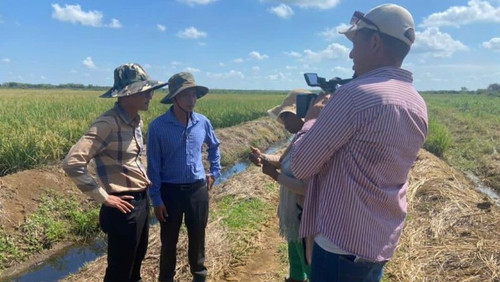
Master Cuong happily noted: “Although rice cultivation area here is limited, the rice models have attracted great attention from Viet Nam-Cuba project management and mass media.”
Most importantly, Cuban farmers have embraced techniques with confidence, becoming “model skilled producers” in the heart of the Caribbean.
As for us Vietnamese experts, when the project ends, we will return home carrying no wealth but instead a genuine and profound international friendship — a priceless asset in an era where trust is fragile.
For us, Cienfuegos is a field of friendship, not just a location on a cooperation map but a symbol: a symbol of enduring friendship based on humanity, not profit.
Even during Cuba’s fuel, electricity, and supply shortages, rice fields continued to thrive thanks to the hands of Cuban farmers and their trust in us, who lived, worked, and cried alongside them.
Among hundreds of bilateral contracts and thousands of aid programmes, the Cienfuegos rice project has succeeded through the simplest factor: human kindness. This affection cannot be measured by money or signed by contract but is sealed by sweat, warm embraces, and appreciation.
With every sprouting grain, Cuban people will remember the Vietnamese friends who not only sowed techniques but also kindness, trust, and a friendship unwavering through tim
Maribel and Madta, who collaborate with our Vietnamese team in Cienfuegos, confided: “Although we are now older and eager to rest with family, we will only consider that once the Vietnamese experts have returned home.”
Cienfuegos may be materially poor but remains the richest place in character and affection that Vietnamese experts have ever experienced.
One day, when the project ends and the Vietnamese experts return home, the rice fields will continue to grow green under Cuban hands. But with every sprouting grain, Cuban people will remember the Vietnamese friends who not only sowed techniques but also kindness, trust, and a friendship unwavering through time.
Dr TRAN VU HAI
Cuu Long Delta Rice Research Institute
